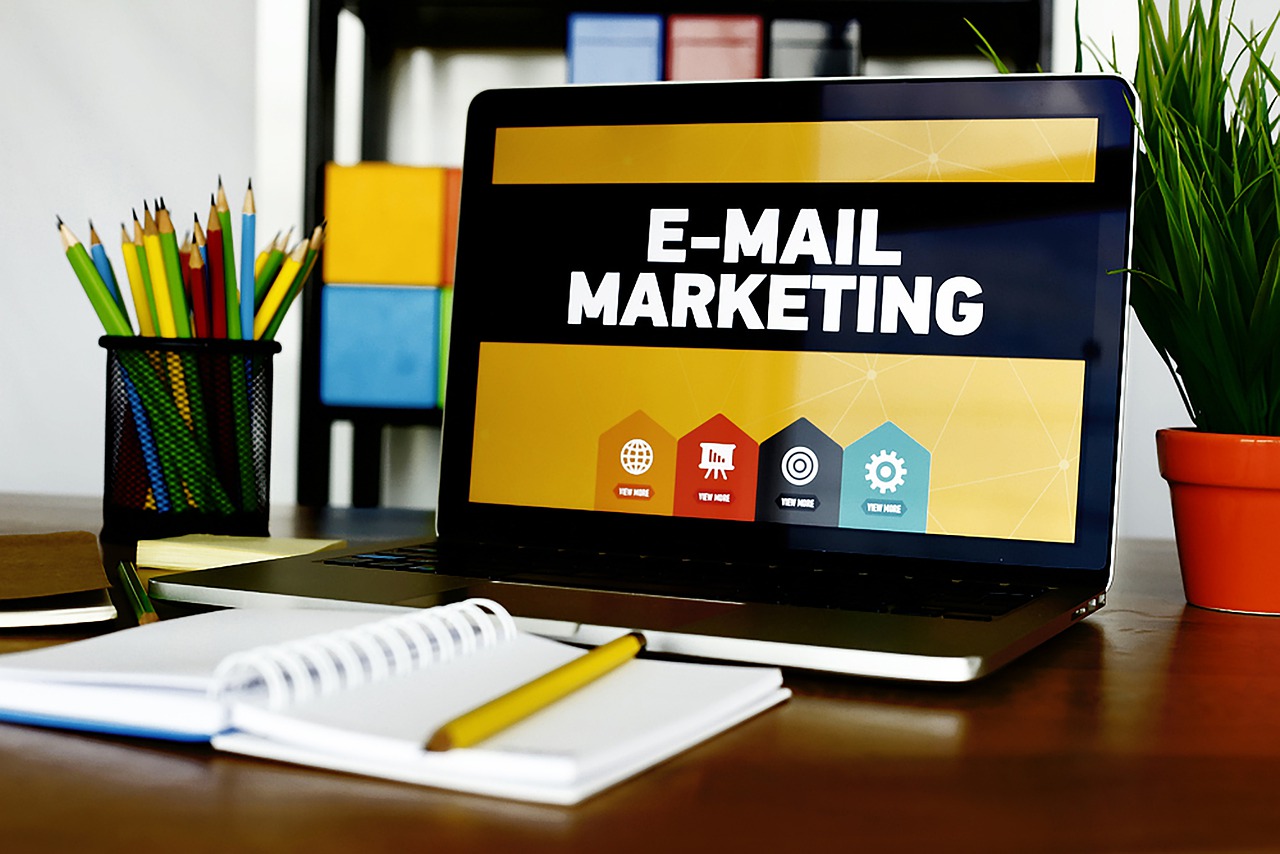How Growing Your Brand Actually Works
As a savvy entrepreneur or business leader, you already know public relations (PR) is vital to effectively scaling your business. For executives who didn’t come up through the ranks in this division of their companies, however, it’s only natural...

As a savvy entrepreneur or business leader, you already know public relations (PR) is vital to effectively scaling your business. For executives who didn’t come up through the ranks in this division of their companies, however, it’s only natural not to understand how PR actually works. In my experience, I’ve realized that many business professionals misunderstand the true nature of PR.
PR is an essential part of a comprehensive communications strategy that should also include branding, marketing, and advertising. It also stands on its own, helping brands grow in ways the other three can’t. Unlike these other three approaches, PR isn’t a direct sales pitch. It boosts your business’s social proof and gives your spokespeople chances to demonstrate their expertise, character, and goodwill, creating a backdrop of credibility against which your sales pitches will tend to be more successful.
Understanding the Timeline of PR
First and foremost, PR takes time, especially if you’re starting with little to no brand identity. While good PR agencies can start securing your coverage in as little as a month, keep in mind that your organization and spokesperson will not become famous overnight.
For at least the first three months (and probably longer), your PR team should focus on building media relationships in your specific industry and location, increasing your SEO through targeted keywords in indexed articles, and securing interviews for your spokespeople in niche outlets. These preliminary efforts will develop your brand’s credibility and make it more trustworthy.
Some clients only want large mass-market publications and have no interest in smaller trade publications, but PR is a cumulative process. The longer you do it, the better. Appearances in lower-level outlets gradually give way to those in mid-level outlets, which creates a heightened digital footprint.
Amass enough coverage in these mid-tier outlets, and top-tier ones will start paying attention. The more time you put into PR, the more coverage will demonstrate your company’s value and credibility, and the more top-tier publications will feel inclined to feature it.
Sometimes, small or niche trade outlets are the best place to connect with your target audience, so reaching these people could mean a greater ROI for your PR campaign. As a result, when clients are closed-minded about smaller outlets, it often inhibits their PR efforts, leading to lackluster results. Put in the time, and trust the process.
Be Open to Ideas
It’s critical to remember that PR is different from marketing. The first thing your PR team will do is learn everything they can about you in order to craft the most compelling stories for your target audience. For these to be effective, you should provide not only your standard marketing copy and branding book, but also different kinds of information that go beyond this.
For instance, your PR team will want real, authentic stories that can relate to people on a human level, such as those about the struggles your founders had to overcome to launch the business. They will also want actual examples of problems your organization has solved, as well as the challenges these presented. They will consider your spokespeople’s backgrounds, identifying how their expertise may be of service to the public. In each case, they’re going to press you for details.
PR professionals have relationships with the press and understand how to get them to cover you. The fastest and best PR teams can generate a whole list of ideas for potential angles in only a few days. In some cases, these angles may ask you to open up and get transparent about your business. Be open to these ideas and listen to your PR team.
In my experience, some clients want to play it safe and distribute nothing but their marketing materials, hiding behind a screen of pre-vetted language and images. In most cases, however, this black-and-white approach won’t work — it’s not the media’s job to promote your company and disseminate your marketing materials. In addition, if the client has a certain idea of what they want without understanding the media landscape, they can hinder their PR team from getting creative with positioning to land placements effectively.
That’s why clients who try to railroad their PR team’s process have a more difficult time garnering media coverage than those who rely on their PR team’s expertise. Trust is a crucial component and competitive advantage.
Be Willing to Fit into the News
One of the ways PR professionals secure coverage for you successfully is by “trend-hacking” the news cycle, which is only about 48 hours long, meaning it moves fast and changes constantly. If something big happens, that story will take over the headlines for all kinds of publications — even those in the lifestyle or other niche spaces. These stories nudge everything else aside, even articles reporters had been working on for weeks.
Given this environment, the trick to gaining coverage is to find ways to connect the business or spokespeople to trending stories in a positive way. For this reason, keeping up to date with the news in every vertical — from tech to lifestyle to business — is another big part of PR professionals’ job. A strong PR team will always be on the lookout for ways to weave you into the big news of the day.
If your team succeeds and a reporter wants to interview you about something connected to the news, remember that this isn’t a chance for your spokespeople to launch into self-promotion for the brand. Again, marketing materials and messages wouldn’t be appropriate and wouldn’t serve you well in this circumstance. Rather, timely news-based coverage is an opportunity to be of service to the community by demonstrating your expertise, character, and goodwill.
For example, one of my clients has a flooring business. While flooring isn’t always in the news, due to his expertise on other general design, business, and architectural topics, I’ve been able to leverage trending stories to secure him many top-tier wins in his preferred outlets. This has helped him directly with sales and credibility at trade shows.
As this example illustrates, these PR efforts raise your brand’s profile, as well as that of your spokespeople to position you as a leader in your industry. It’s only natural that, when people are making purchasing decisions, they want to buy from the best. Effective PR builds your case for being the best.
PR’s Unique Approach Brings Unique Benefits
Conducting PR can help you connect with audience members who are skeptical of your advertising and marketing strategies. Since PR efforts are indirect, they skirt around consumers’ defenses and appeal to them where it matters most — on a human level — but since PR isn’t marketing and advertising, it requires its own unique approach.
The good news is that, if you put in the time, trust your PR team, and approach PR as PR (rather than another sales or marketing initiative), you can expect not only a heightened profile, but also the benefits one brings.

 Tekef
Tekef 






























![Run An Ecommerce SEO Audit in 4 Stages [+ Free Workbook]](https://api.backlinko.com/app/uploads/2025/06/ecommerce-seo-audit-featured-image.png)

